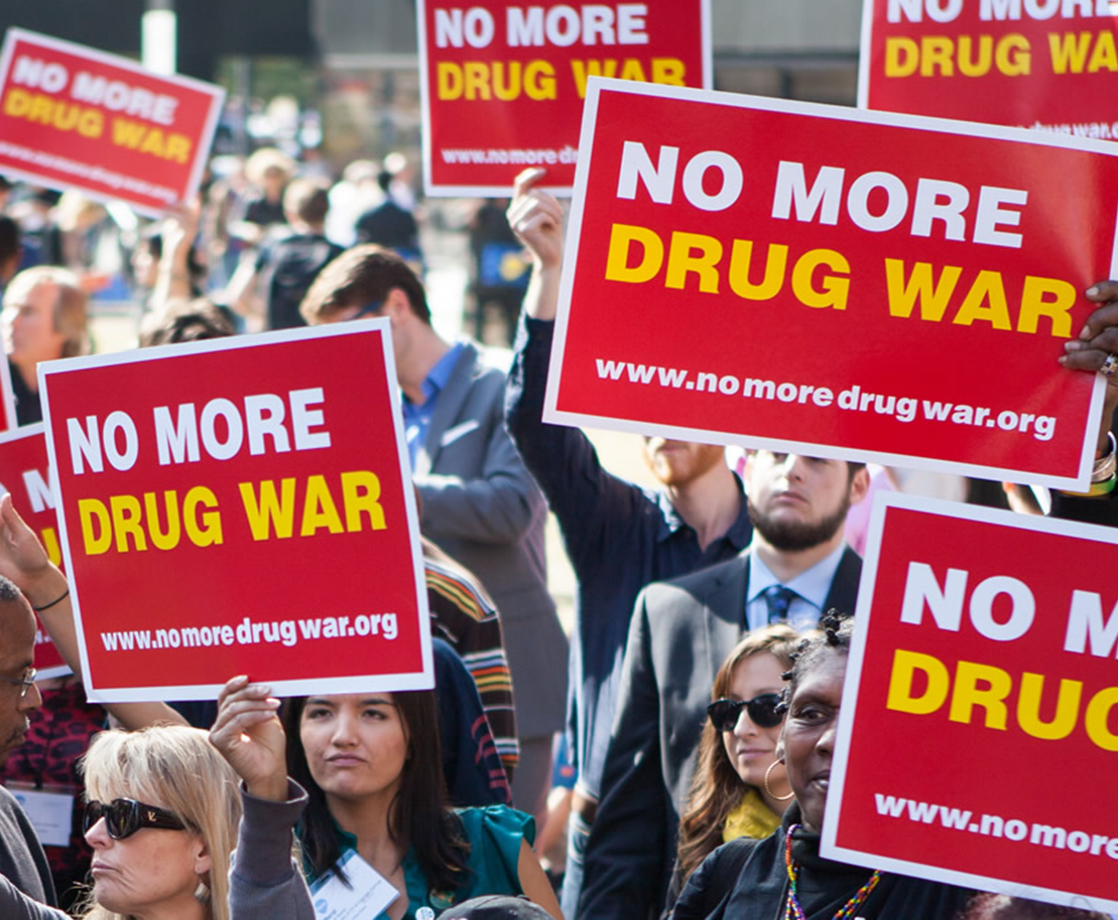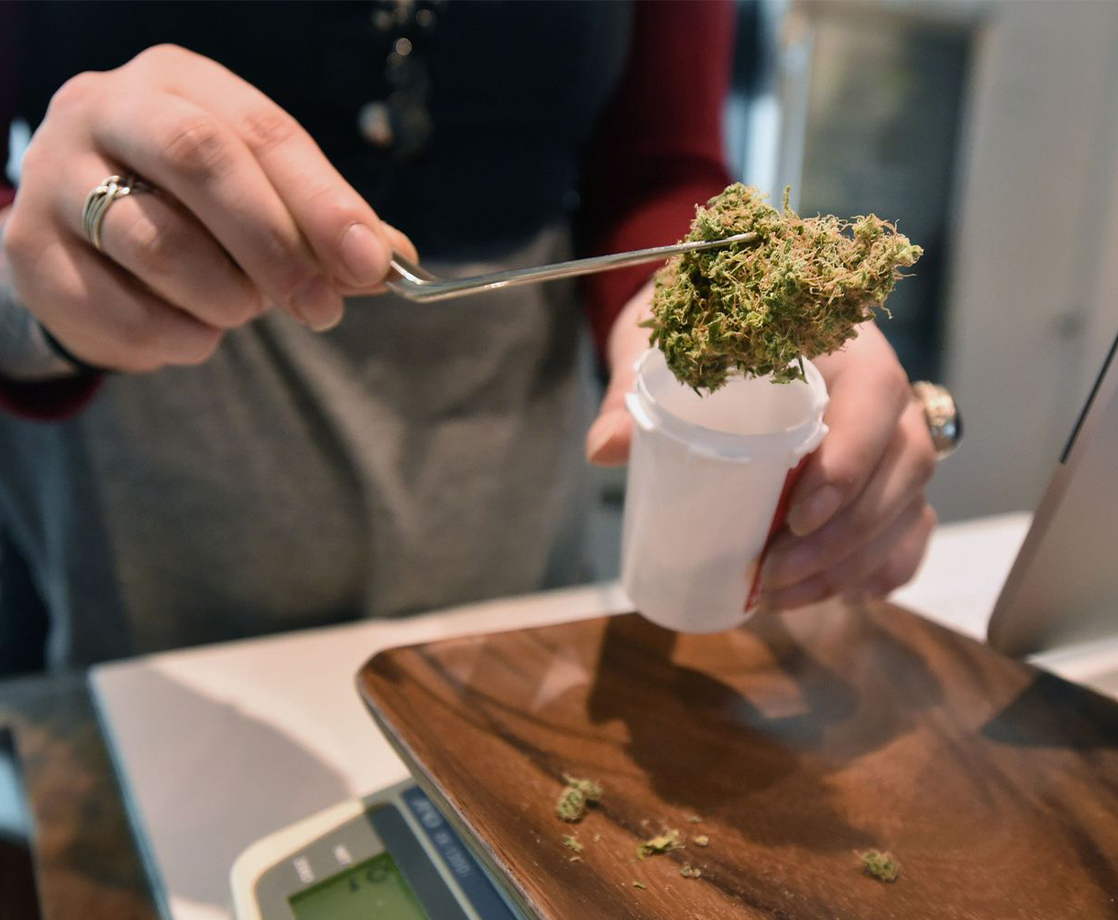Image via
Over the past four decades, federal and state governments have spent over a trillion dollars waging the War on Drugs. Yet, despite this massive expenditure of taxpayers’ hard-earned cash, the market for illegal drugs has continued unchecked and rates of opioid abuse and overdose deaths have skyrocketed. Politicians have promised that ramping up criminal penalties against drug dealers and suppliers would put a stop to the illegal drug trade, but a new report by the Drug Policy Alliance (DPA) has found that the exact opposite is true.
In 1980, around 15,000 people were locked up for selling drugs. Today, that number is closer to 450,000 — an increase of 3,000 percent. But in that same time frame, illegal drugs have become cheaper, more readily available, and more dangerous.
“When a person who sells drugs is imprisoned, they are inevitably replaced by a new recruit or by remaining sellers, as long as demand remains unaffected,” the report explains. “A Maryland police officer once described arresting drug sellers as ‘playing whack-a-mole’ and ‘banging your head against a wall,’ because they can be so efficiently replaced.”
Starting in the ’80s, mandatory minimum laws started to become popular, and the justice system started increasing prison terms for drug dealers. From 1980 to 2011, the average prison sentence for federal drug offenses increased by 35 percent, but the prices of illegal drugs dropped dramatically over that time period. Between 1980 and 2000, meth, cocaine and heroin prices dropped by 68, 80, and 88 percent, respectively.
Not only has the War on Drugs failed to decrease the supply of drugs, it may actually be increasing the risk to public health and safety that these drugs pose.
“When law enforcement cracks down on drug markets, suppliers have an incentive to trade in highly concentrated products, which can be more easily hidden than less potent, bulkier goods,” the report explains. “This dynamic may have encouraged the introduction of fentanyl into the illegal opioid market, initiated by high-level actors at the top of the supply chain.”
Fentanyl is a synthetic opioid that is 30 to 50 times stronger than heroin. This increased potency allows drug smugglers to ship smaller quantities of the drug into the country, decreasing their chance of getting caught. Once it reaches the streets, fentanyl is often mixed with inert materials and sold as heroin, and the varying potency of these mixtures can increase the chance of an accidental overdose. Many drug dealers and users remain unaware that the opioids they are buying (and selling, even) contain fentanyl — further increasing the risk of accidental overdoses.
The report also notes that much of the violence associated with the illegal drug trade stems from competition between illegal sellers and battles with law enforcement. “It is not the drugs themselves that cause violence, but rather the exclusion of those who sell and distribute drugs from the kinds of property protections and dispute resolution mechanisms available to those who operate legal businesses,” the report reads.
Clearly, prohibition has failed to deliver on its promise of reducing rates of drug use, abuse, or overdose deaths. The report recommends that drug policy laws should instead be focused toward a harm reduction approach, which has already been successfully implemented in Portugal.
“Policymakers should urgently reform all criminal laws and sentencing guidelines that result in disproportionate punishments for people convicted of drug selling- or distribution-related law violations,” the DPA recommends. “This includes reforming criminal history sentencing enhancements, expanding safety valve provisions, and eliminating mandatory minimum sentences.”





![[Photos] The Jamaican Mountain Men Who Brought Me to Their Personal Paradise](https://merryjane.com/wp-content/uploads/2024/03/chase_hall_jamaica_photo_essay__SQUARE2.jpg)





